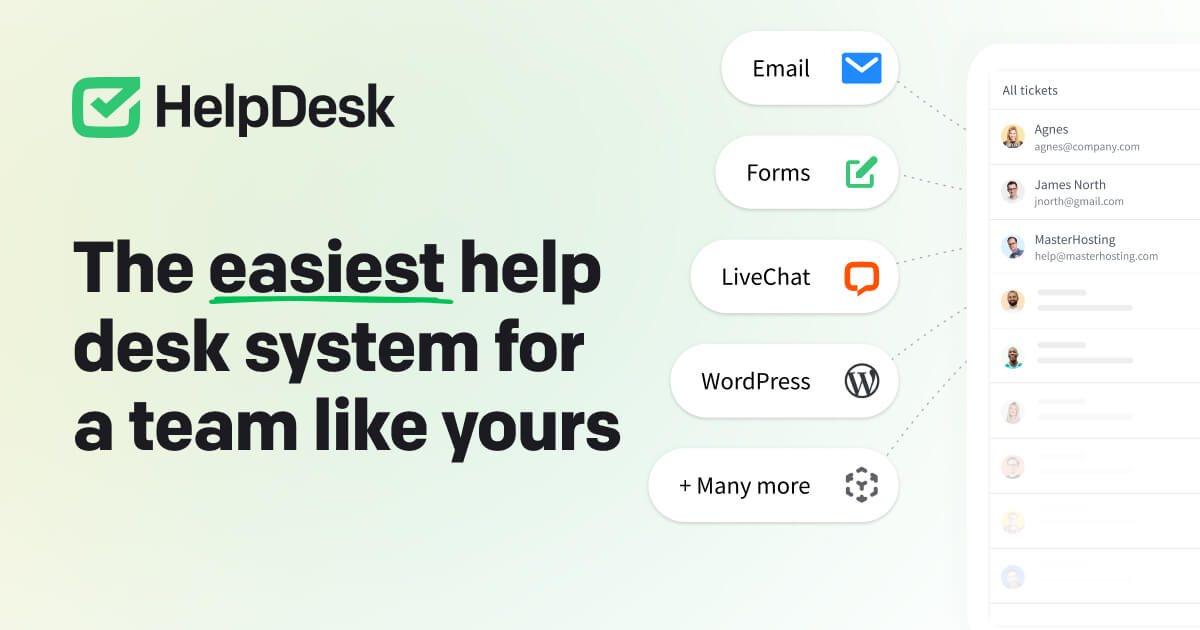In today’s competitive business landscape, exceptional customer service is more than just a department—it’s a critical component of a successful brand strategy. Customer service objectives are the guiding principles that help businesses ensure that they consistently meet and exceed customer expectations. These objectives not only aim to solve customer issues but also build lasting relationships that foster loyalty and drive business growth.
In this article, we’ll explore the essential customer service objectives, why they matter, and how you can effectively implement them in your business.
What Are Customer Service Objectives?
Customer service objectives are specific, measurable goals set by businesses to improve the quality of customer interactions. These objectives serve as benchmarks to evaluate the effectiveness of the customer service team and ensure that every customer interaction aligns with the company’s values and mission.
Effective customer service objectives typically include:
- Reducing Response Times
- Increasing Customer Satisfaction (CSAT) Scores
- Improving First Contact Resolution (FCR) Rates
- Enhancing Customer Retention and Loyalty
- Empowering Employees with the Right Tools and Training
Let’s delve deeper into each of these objectives and understand their importance.
1. Reducing Response Times
One of the most critical objectives in customer service is reducing response times. Today’s customers expect quick and efficient service, whether they are reaching out via phone, email, chat, or social media. Long wait times can lead to frustration and dissatisfaction, causing customers to switch to competitors.
How to Achieve This:
- Implement Live Chat: Live chat offers immediate responses and is highly preferred by customers for quick queries.
- Automate Routine Inquiries: Use chatbots and automated responses for frequently asked questions to free up agents for more complex issues.
- Monitor Performance Metrics: Regularly analyze response time metrics to identify bottlenecks and areas for improvement.

2. Increasing Customer Satisfaction (CSAT) Scores
Customer satisfaction scores are a direct indicator of how well your service meets customer expectations. High CSAT scores reflect positive experiences, while low scores indicate areas needing improvement. The goal is to consistently maintain high satisfaction levels to build a strong brand reputation.
How to Achieve This:
- Personalize Customer Interactions: Address customers by their names, understand their history with your company, and tailor responses to their specific needs.
- Seek Feedback: Regularly ask customers for feedback through surveys to identify pain points and areas for enhancement.
- Empower Employees: Give your team the authority to make decisions that can resolve customer issues quickly and efficiently.
3. Improving First Contact Resolution (FCR) Rates
First Contact Resolution (FCR) refers to resolving a customer’s issue during the first interaction, without the need for follow-up. High FCR rates indicate that your customer service team is effective and knowledgeable, which directly impacts customer satisfaction and reduces operational costs.
How to Achieve This:
- Provide Comprehensive Training: Ensure that agents are well-trained and equipped with the knowledge to handle various scenarios effectively.
- Use a Knowledge Base: Implement a searchable knowledge base that agents can refer to for quick solutions.
- Optimize Workflows: Streamline internal processes to ensure that agents can access the necessary resources without delays.
4. Enhancing Customer Retention and Loyalty
Acquiring new customers is costly, but retaining existing ones is far more profitable. Customer service plays a vital role in enhancing retention and loyalty by providing consistent, high-quality service experiences.
How to Achieve This:
- Build Relationships: Go beyond transactional interactions and aim to build meaningful relationships with customers.
- Reward Loyalty: Implement loyalty programs that reward repeat customers with discounts, special offers, or exclusive access.
- Proactive Support: Anticipate customer needs by providing proactive support, such as follow-up emails after a purchase or reminders about account maintenance.
5. Empowering Employees with the Right Tools and Training
An empowered customer service team is essential for achieving all other objectives. When employees are well-trained, confident, and equipped with the right tools, they are more likely to provide excellent service.
How to Achieve This:
- Invest in Training Programs: Regularly update training programs to include new skills, product updates, and soft skills development.
- Leverage Technology: Use CRM software, AI-driven insights, and other tools that help agents work more efficiently.
- Encourage a Positive Culture: Foster a supportive work environment where employees feel valued and motivated.

Why Setting Customer Service Objectives is Crucial for Business Success
- Improves Brand Reputation: High standards in customer service elevate your brand’s reputation, making it more attractive to potential customers.
- Drives Revenue Growth: Satisfied customers are more likely to make repeat purchases, recommend your services, and spend more over time.
- Reduces Costs: Efficient customer service reduces the need for repeated contacts and escalations, saving time and resources.
- Enhances Employee Satisfaction: Clear objectives provide direction and purpose, making employees feel more engaged and satisfied with their work.
Conclusion
Setting clear and measurable customer service objectives is essential for any business looking to enhance customer satisfaction, improve operational efficiency, and drive long-term growth. By focusing on reducing response times, increasing CSAT scores, improving FCR rates, enhancing customer retention, and empowering employees, you can transform your customer service department into a powerful engine of business success.
Implement these strategies, regularly review your objectives, and adapt as necessary to stay ahead of customer expectations and industry trends. Your customers—and your bottom line—will thank you.



